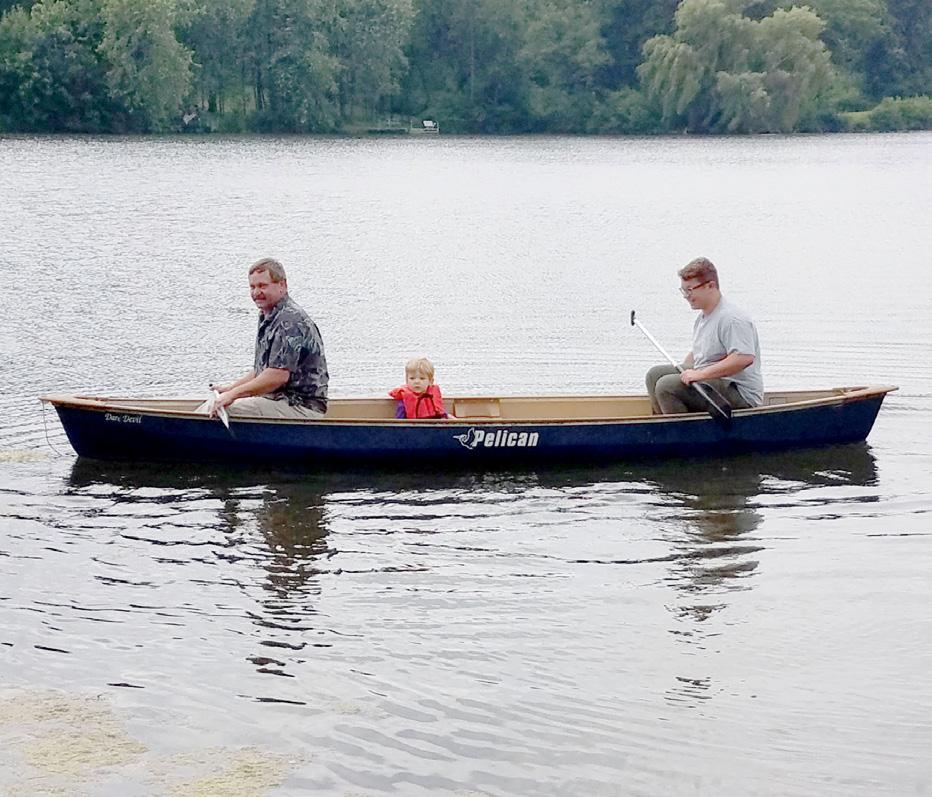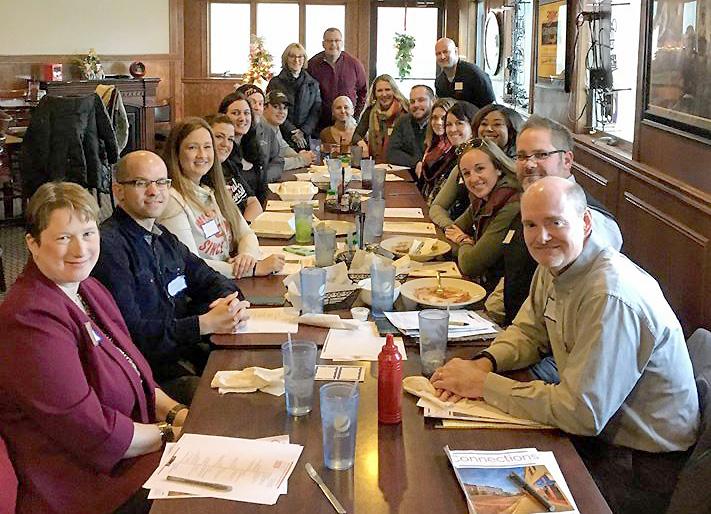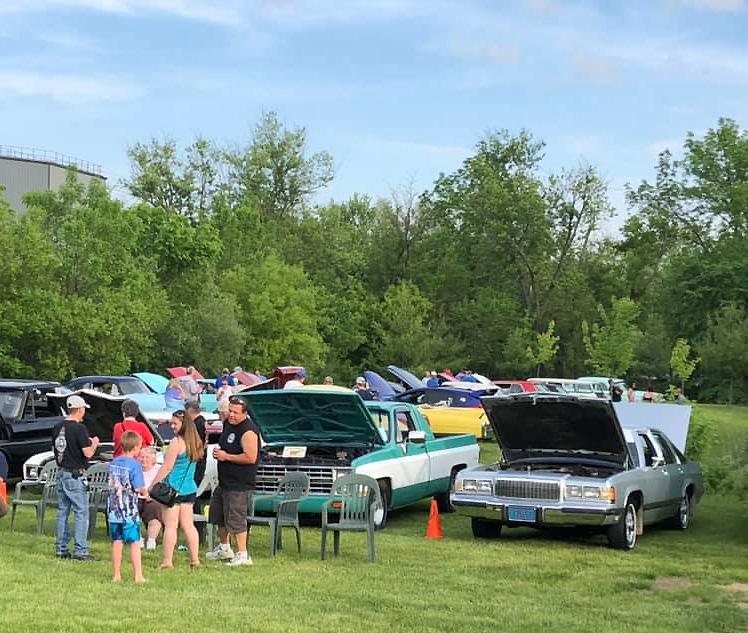
4 minute read
Welcome to Evansville
Our Community
With a population of over 5,000, Evansville cherishes its strong sense of community and small town charm. Voted Best Places to Live in Rock County (Niche 2019) Rock County’s Fasted Growing Community (2018), and Voted a Best City for Young Families in Wisconsin (Nerd Wallet 2016), residents gather often for concerts, festivals and celebrations. With its safe neighborhoods and quiet tree-lined streets, small town values permeate our way of life. Pride is taken in our exceptional schools, noted historic district, numerous parks, and historic library. Located only 23 miles south of Madison and 18 miles west of Janesville, Evansville offers small town living coupled with easy access to the world-class universities, arts, and entertainment traditionally found only in metropolitan areas. But you won’t have to leave the city limits to experience the arts - Evansville is home to nationally-recognized local artists and artisans featured in local galleries. In addition to a robust arts scene, Evansville offers fantastic access to area parks, lakes, and trails - a potent combination resulting in a fantastic quality of life for Evansville residents! Designated as a Tree City USA since 2002 and Bird City USA since 2011, Evansville is an outdoor enthusiast’s dream. Situated midway between two of Rock County’s most picturesque parks - Gibbs Lake and Magnolia Bluff - and planned future expansion of the Ice Age National Scenic Trail, the Evansville area offers incredible opportunities to live in, and explore, the great outdoors. As a Tree City USA, the city plants trees each year along street terraces and in the public parks. In addition, the Evansville Community School District established the Grove Community Forest Trail to connect the school buildings with adjacent natural areas and Wind Prairie Park. Besides enhancing our green space, the trail serves as an outdoor classroom for hands-on experience with conservation and natural resources. Green Leader Evansville is home to a number of initiatives focused on energy conservation and renewable energy which have been built on a tradition of alternative energy. As an example of this tradition, Baker Manufacturing, the community’s oldest operating business, built windmills from the late 1880s until the 1950s. Examples of vintage Baker windmills can be seen in the Eager Economy Building, at the Madison Street entrance to the Leonard-Leota Park and in the Wind Prairie Park. Today Evansville is recognized as a green leader in Wisconsin and is a Wisconsin Energy Independent Community. As a symbolic link between Evansville past and present, a 100 kW wind turbine was erected next to the city’s wastewater treatment plant in 2010. In addition, residents take pride in the school district’s state of the art high school that includes geothermal heating/cooling. 6 www.evansvillechamber.org Photo by Debbie Simon
Advertisement
Our Roots Settled in the 1840s, Evansville was originally referred to as the “The Grove,” a historical reference to a stand of trees just northwest of the city. Since then, the community of Evansville has carefully preserved and revitalized its historic residential and commercial buildings - making our community home to what the Wisconsin Historical Society has identified as “the finest collection of 1840s to 1915 architecture of any small town in Wisconsin.” The reinstallation of the original brick-paved Main Street was a signature revitalization project that complimented the historic appearance to our downtown business district. In fact, many downtown business owners have undertaken major building restorations, with several projects receiving historic preservation awards. Self-guided walking tours are available to appreciate the architecture of historic buildings in and around the historic district. In 2007, in recognition for the many contributions of the farming community, Evansville was declared by the proclamation of the State of Wisconsin and the Wisconsin Soybean Association as “Soybean Capitol of Wisconsin.” A display with historical information regarding the proclamation and contributions of the agribusiness and farmers is located in the lower level of the Eager Building at 7 East Main Street. Agriculture – Past & Present The agribusiness and area farmers have been important to the Evansville community since 1839. Evansville developed as a community as a result of the working relationship of the farmers and city residents. In 1874, farmers and members of the Grange, also referred to as the Patrons of Husbandry, organized and formed the Evansville Mercantile Association. They opened a general store named The Grange. The Grange was an important part of the Evansville economy for over 100 years. The store was housed in a downtown business site, presently referred to as The Grange Mall. This building is listed on the National Register of Historic Places. The predominant livestock is cows with several dairy farms in the vicinity; farms are often truly “family farms” remaining in the family over several generations. The biggest crops in the area are corn and soybeans. Native grasses and prairie plantings, vegetables, and organic produce also have a significant presence among our local farms. Several prominent Evansville businesses cater to agriculture providing services such as grain storage, truck and rail shipping, fertilizer and agronomy, and large animal veterinarians. Photo by CR Prints & Photography, LLC






